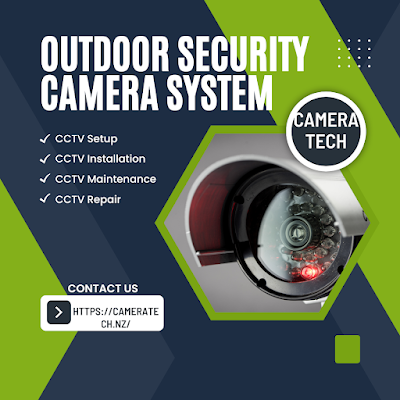How Wireless Solar and Cellular Applications are Changing the Way We Live Our Lives
Wireless solar and cellular applications are emerging as a popular way to power devices without the need for an electrical connection. This technology can be used in a variety of settings, from remote villages to stadiums. Wireless solar and cellular applications are becoming increasingly popular because they are reliable, safe, and environmentally friendly. Wireless solar and cellular applications present a great opportunity for the advancement of renewable energy. With the ever-growing need to reduce dependence on fossil fuels, these applications can play an important role in helping us achieve this goal. Wireless solar and cellular applications can help us by providing an alternative method of powering our devices and improving our overall efficiency.
Benefits of Wireless Solar and Cellular Applications
Reduced energy bills, independence, mobility. Wireless applications offer many benefits that make them a popular choice for home security cameras. First, wireless cameras can be placed anywhere in the home, making them more versatile than traditional cameras. Second, they are relatively easy to set up and use, requiring only a few minutes of setup time. Third, wireless cameras are more affordable than traditional cameras. Fourth, they are less prone to vandalism or theft. Fifth, they can be monitored remotely from any device with internet access, making them an ideal option for homeowners who work outside the home or have children who might need supervision at night. Sixth, wireless applications offer greater reliability than traditional camera systems in extreme weather conditions such as rain or snow. Seventh, they can provide a real-time video feed so that homeowners can see what is happening in their homes even if they are not available to watch live.
Challenges of Wireless Solar and Cellular Applications
Limited battery life, and high costs. Wireless security cameras are becoming increasingly popular, especially for outdoor use. However, there are several challenges to consider when using wireless security cameras. One challenge is that most wireless security cameras have a limited range, making them unsuitable for applications that require a wide coverage area. Another challenge is that wireless security cameras typically require a direct line of sight to the camera, which can be difficult to achieve in situations where trees or other structures obstruct the view. Finally, some wireless security cameras are not compatible with cellular networks, limiting their usefulness in areas with high network traffic congestion.
Recommendations for Improving Wireless Solar and Cellular Applications
Increased research, development, and adoption. Wireless solar and cellular applications can be improved by implementing the following recommendations:
-Use outdoor wireless security cameras that are capable of transmitting in low-light environments. These cameras are best for areas with a lot of natural light, but they can also work in darker areas if there is sufficient illumination from external sources.
-Install a home security camera that has a built-in wireless receiver. This type of camera can be mounted on the exterior of your home or inside, and it will wirelessly transmit footage to an attached monitor or recorder.
-Use software that automatically detects motion and triggers the recording. This type of software is available as a free download from many websites and can be installed on either your home security camera or your computer.
-Ensure that the cables connecting your security cameras are long enough to reach all parts of your property.
Future of Wireless Solar and Cellular Applications
Wireless solar and cellular applications are becoming increasingly popular due to the convenience and flexibility they offer. Wireless cameras are a great example of this. They can be used for a variety of purposes, including outdoor security, monitoring children or pets, and recording events.
The best part about wireless cameras is that they don't require any wiring. This makes them perfect for use in places where there is limited space or access to electricity. Wireless cameras also tend to be more reliable than traditional cameras, which makes them an ideal choice for outdoor security applications.
In addition to wireless solar and cellular applications, there are also wireless cameras that use Wi-Fi instead of radio waves. These types of cameras are perfect for use in areas with weak signal conditions, such as outdoors or near buildings.
Wireless Solar and Cellular Applications: What You Need to Know
Wireless solar and cellular applications are becoming more popular every day. With the increase in wireless camera use, it is important to understand how these applications work. Wireless cameras can use radio frequencies to send pictures and videos wirelessly to a receiver. This means that they don't need a physical connection to the internet, which makes them ideal for security applications.
There are a few things you need to consider when using wireless solar or cellular cameras. First, make sure that your camera has the appropriate antennae. Second, make sure that your camera is compatible with the network you are using. Third, make sure that your receiver has enough bandwidth to handle the load of streaming video and pictures. Finally, make sure that you have an adequate level of security on your network so unauthorized users cannot access your cameras.

.jpg)

Comments
Post a Comment